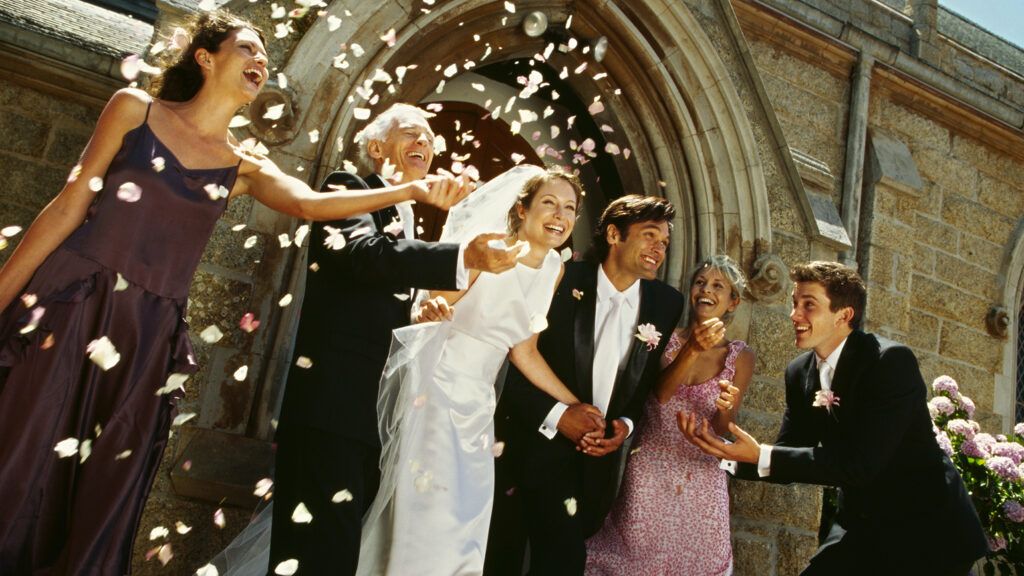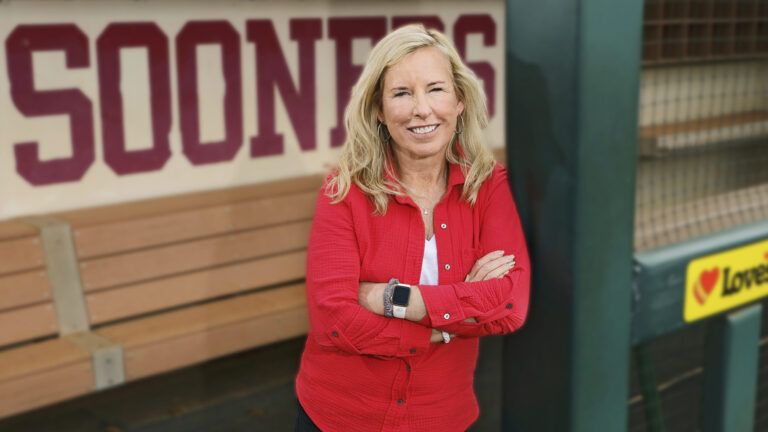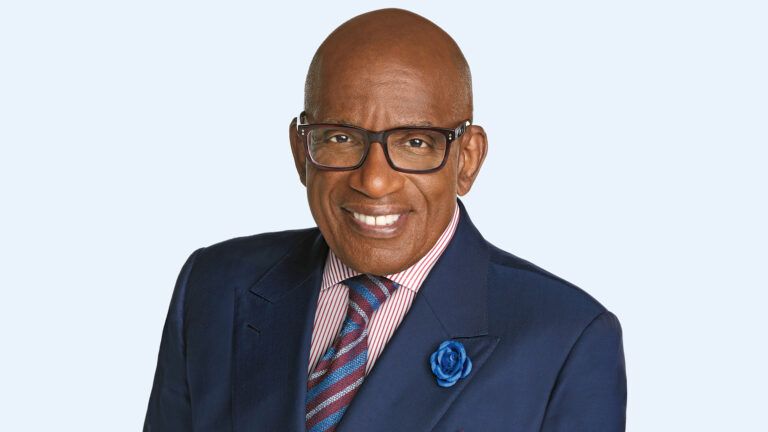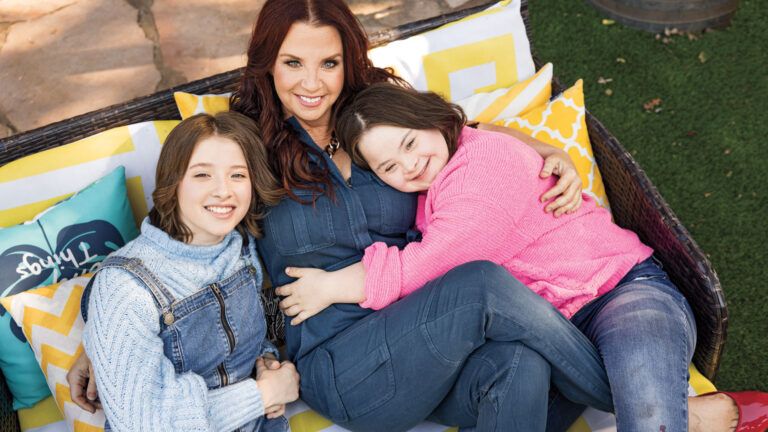As a songwriter I’m naturally pleased when people recognize my authorship. When Goldie Hawn recorded my tune “The House Song” in the mid-1970s, it was as big a thrill to me as when “I Dig Rock and Roll Music,” which I had a hand in writing, went Top 10 in the 1960s. But to this day the song I get the most credit for is one I didn’t really write.
Music has been part of my life since I was eight years old. In high school I was encouraged to start my own rhythm-and-blues group, but when I moved to New York City in 1959, I had no entertainment career plans.
I was a 20-year-old college dropout from Michigan State University who, because of a passing interest in photography, landed a job at a photographic chemicals company in Manhattan.
Evenings after work my colleagues and I would head for a Greenwich Village coffeehouse to play chess. One night I noticed a stage being constructed in a corner; the manager told me auditions for entertainment would be held later in the week. By that weekend, relying on nothing more than the songs I had created in my high-school and college days, I was in show business.
I gave up my day job and became a singer, comedian and master of ceremonies at the Gaslight Cafe. Increasingly I was drawn to the simple, yet profound, legacy of folk music. And each night between shows, I went to hear as many other performers as possible.
After my set one night, Albert Grossman, a well-regarded folk music impresario, asked me to join him at his table. I was hoping the meeting might lead to a solo record contract and a tour. Then he asked, “Have you ever considered performing in a group?” I was crushed.
As taken aback as I was by his question, I found myself a few months later joined by Mary Travers and Peter Yarrow in my Lower East Side apartment searching for vocal ranges and harmonies. Our voices blended well. We had an appreciation of one another’s talents. After a year of preparation (and Albert’s guidance) our group—Peter, Paul and Mary—was on the road, on the radio, and on the record charts with songs like “Lemon Tree,” “If I Had a Hammer” and “Puff (The Magic Dragon).”
Those were heady times. A sense of change was sweeping the country. There was a young president in the White House, hope on the wing and a new day dawning.
And then: despair. The impact of the assassinations of President John F. Kennedy, Martin Luther King, Jr., and Robert Kennedy was devastating. The arts became more and more expressive of the dark mood of the country. Gone were the dreams of a better tomorrow. The only choices left seemed to be cynicism or escape.
Or so it felt to me. At the age of 30 I found success increasingly meaningless. The more popular Peter, Paul and Mary became, the emptier I felt. I began to recognize a barrier between my working lifestyle and my family, the people I cared for most.
I was performing 150 nights a year and devoting the remaining days to photo shoots, interviews, recordings and television appearances. I was losing touch with the very ethic I defended in song.
Backstage at peace rallies, I watched in dismay as arguments and manipulation replaced mutual concern. I asked myself: Is life nothing more than some great scramble for advantage? What is it all for? If there is some order in life, how does one go about finding it? Is “order” what some call God?
During this searching time of my life I visited a friend in Woodstock who was recovering from a serious motorcycle accident. He provided the advice: “Read the Bible.”
I took the suggestion seriously. I started at Genesis and read the Bible whenever I could. I was fascinated, but it seemed like distant history. Then, after a concert in Abilene, Texas, a fan introduced me to the promises of Christ. He prayed with me. I knelt praying to a creator I had only hoped was there.
Suddenly I felt a sure, comforting answer.
After that, I began to pray constantly. I would ask God the smallest questions, such as “Shall I take this elevator?” “Shall I sit next to this person?” “What would You have me say here?”
I discovered a wonderful closeness. God was with me in every situation. He was a best friend.
And so it was only natural that I would turn to him when, during the trio’s tour in the fall of 1969, Peter asked if I would sing a song to bless his wedding. Though I immediately answered, “Of course,” I didn’t tell Peter that it wasn’t going to be me who would bless his wedding.
One of my first days home I retreated to the small basement studio in our house. After tuning up my 12-string guitar, I sat in silence for a moment.
Lord, I prayed, nothing would bless this wedding ceremony more than Your presence. How would You manifest Yourself?
And the lyrics came:
I am now to be among you
at the calling of your hearts,
Rest assured this troubador
is acting on My part.
The union of your spirits here
has caused Me to remain,
For whenever two or more of you
are gathered in My name
There am I, there is love…
For the next hour I strung the lyrics together into the format of a song. The last section paraphrased a sentiment that had been voiced by another songwriting friend of mine, Jim Mason. He’d asked, “Do you believe in something that you’ve never seen before?” The song provided the answer, “There is love.”
Just one hour before the wedding ceremony, I sang it to my wife, Betty. “It’s beautiful,” she said. “But they won’t understand ‘I am now to be among you.’ They’re going to think you’re presuming to be God.”
I thought about what she said, and changed the words.
The song was sung at the ceremony: “He is now to be among you…” The blessing had been asked for and given. It would never be sung again, I thought. It was for Peter.
Several weeks later I was waiting backstage before my solo portion of a Peter, Paul and Mary concert when Peter asked, “Why don’t you sing the song you sang at my wedding?”
“I couldn’t do that,” I said. “It was just for your wedding.”
He looked at me thoughtfully. “My bride is out there,” he said. “Would you sing it for her?”
So I sang it that night, and the following nights. Each time it was well received, and each time I was amazed that something so particular had such a broad appeal. Is this what you wanted, Lord? I asked. Did you mean the song for everyone?
Less than a year after Peter’s wedding, the trio took a leave of absence from performing and we each created solo albums. By then I knew that “Wedding Song” would be included on mine, but now I had a dilemma on my hands. How could I honestly copyright the song in my name? Yet if I didn’t claim the song for someone, the record company would pocket the royalties.
In the end I set up a foundation to oversee the publishing rights and to receive all my income as composer. Any money the song earned could then be distributed to worthy causes.
To my amazement, shortly after the album’s debut, “Wedding Song” was released as a single and almost immediately went into the Top 30.
In the meantime I had chosen to spend more time with my family. I wanted to live a simpler life, away from the demands and pressures of performing. I half expected to hang up my guitar and stop playing professionally.
Then one afternoon as my family, some friends and I were sitting together in our backyard I received an excited phone call from the record company. The Tonight Show had called to ask me to perform “Wedding Song” on network TV. “This could be the beginning of a solo career!” the record company representative exclaimed.
Once I had wanted nothing more. Now I knew better. “No, thanks,” I said.
It’s been 22 years since the Public Domain Foundation was created to receive the royalties from “Wedding Song.” Two million dollars has been distributed to charitable organizations all over the United States—from soup kitchens for the homeless to research into computer interaction for hospitalized kids.
Every year, too, I turn down requests to sing “Wedding Song” at services around the country. “It’s not my song,” I can honestly say. It belongs to every bride and groom who ever had a good friend strum a guitar and sing at their wedding.
God gave me a song. It was mine to give away.





